Gibdock has underlined its growing reputation in the offshore vessel sector by securing its first dry docking contract from Technip, a world leader in project management, engineering and construction for the energy industry.
Wellservicer, a multi-role diving support vessel with subsea lift capabilitym, has undergone an intensive and relatively complex class renewal docking at the 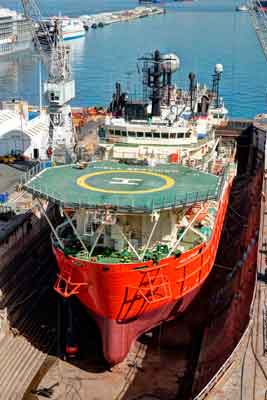 Gibraltar yard, and has been delivered back to Technip, ready for work.
Gibraltar yard, and has been delivered back to Technip, ready for work.
Richard Beards, Gibdock Managing Director, said: “Gibdock’s work is characterised by its diversity and continues to involve a full range of vessel types. However, our location, quality of work and ability to redeliver on schedule is attracting a growing number of high-end offshore vessel owners. It is a matter of pride that we executed this project to the exacting standards set by Technip.”
Gibdock staff undertook Technip’s Integrated Safe System of Work (ISSoW) program, a course specific to the marine sector exemplifying the standards set for the owner’s fleet. All manual workers engaged in the project passed level 1, with Gibdock management undertaking level 3.
“We were keen to work with Gibdock because we knew their record for carrying out quality work, safely,” said Ricky McGowan, Capex Project Manager for Marine Operations at Technip. “Dealing with the shipyard was smooth, and they took a proactive approach to safety and embracing our ISSoW. Overall we were very happy with how the dry dock went.”
John Taylor, Gibdock Operations Director, said: “Technip has very demanding safety standards. As our offshore workload continues to grow, we are consistently demonstrating that our own safety regime is robust enough to meet the distinctive requirements set for this specialised market.”
The 111.4m long, 9158gt DP-class 3 Wellservicer arrived at Gibdock on May 6th and was successfully undocked on June 17th. After several days of afloat repairs, and sea trials, she returned to the yard for mobilisation work, before leaving for her next assignment in Canada.
The main scope of work included an extensive overhaul of the ship’s three tunnel thrusters and three azimuthing thrusters, which were removed to the yard’s workshops, disassembled and put through a rigorous maintenance programme before rebuilding. Gibdock engineers worked in close collaboration with Technip’s supplier, Rolls Royce. It also included removal of the two small deck cranes and their replacement with two brand new five tonne capacity units. This required deck plate modification, including work to under deck stiffeners.
Jonathan Pocock, Gibdock Ship Repair Manager, said: “There was a large amount of pipe modification and considerable steel work. We have carried out a number of deck crane replacements recently; this was different but we were able to draw on our past experience.”
Other tasks included an upgrade to the fire line system, which involved fitting new pipework, and the erection of a significant amount of scaffolding. This was required in order to safely gain access to the helideck, and to carry out necessary works to the under deck supports.
“Gibdock staff will remain ISSoW-certified for two years,” said Mr Taylor. “We are well prepared to offer our services for consideration by Technip in the near future.”
.


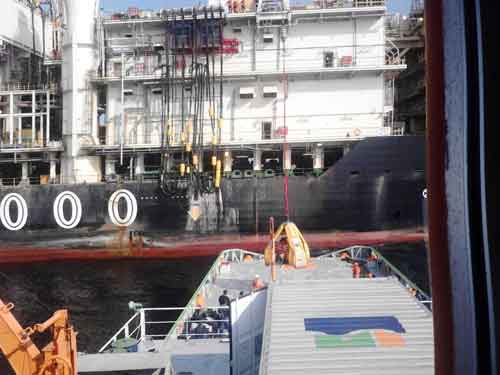

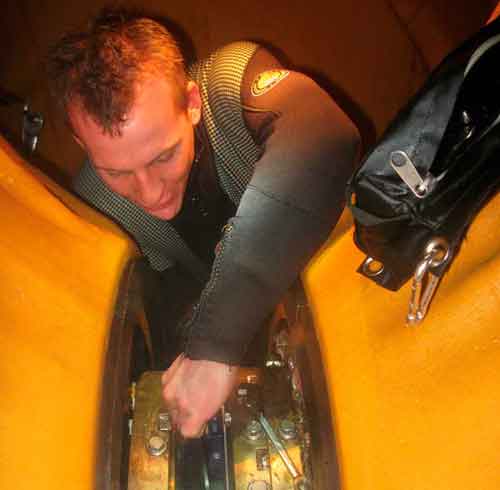 close to the company’s office in Clearwater. The vessel was suffering from an oil leak, making a fast repair necessary. Using one of the company
close to the company’s office in Clearwater. The vessel was suffering from an oil leak, making a fast repair necessary. Using one of the company Hamburg: “Making technology-based decisions is complex for each individual company, as is finding the right way into the future. We fully support the overall political will and dedication to reduce harmful emissions from ship operations.”
Hamburg: “Making technology-based decisions is complex for each individual company, as is finding the right way into the future. We fully support the overall political will and dedication to reduce harmful emissions from ship operations.”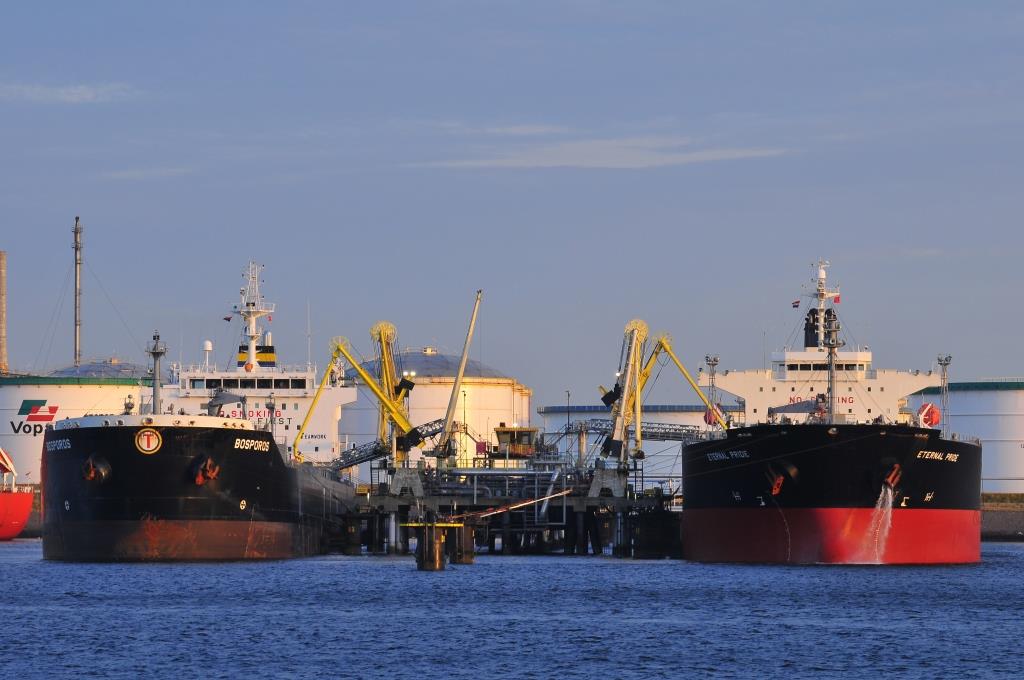 A new three year European Research Project, partly funded by the EU has been launched to help increase efficiencies in regulation compliance and enforcement for the maritime sector. e-Compliance will facilitate tighter integration and co-operation in the fragmented field of regulatory compliance. It will closely align with the EU e-Maritime initiative of which a key priority is supporting authorities and shipping operators to collaborate electronically in regulatory information management.
A new three year European Research Project, partly funded by the EU has been launched to help increase efficiencies in regulation compliance and enforcement for the maritime sector. e-Compliance will facilitate tighter integration and co-operation in the fragmented field of regulatory compliance. It will closely align with the EU e-Maritime initiative of which a key priority is supporting authorities and shipping operators to collaborate electronically in regulatory information management. 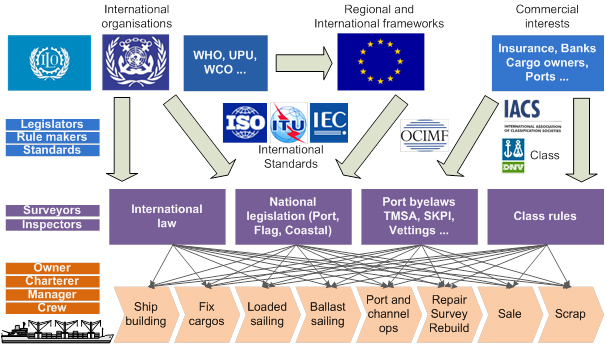
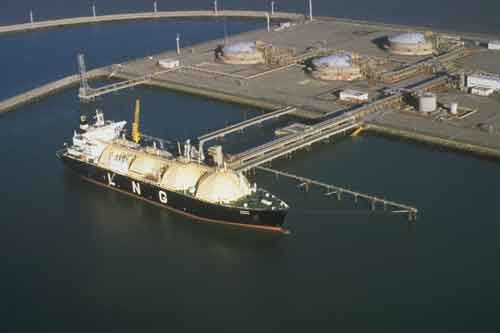 contracted by ADNATCO-NGSCO to deliver ship performance monitoring solutions that will help to optimize vessel performance and subsequently aim to reduce fuel consumption and carbon emissions. The entire project will be carried out by Unique System FZE, acting as agents for the Iceland based energy management company Marorka ehf. Commissioning and technical support will be provided by Unique Marorka Support Services which is a joint venture set up by Marorka ehf and Unique System FZE.
contracted by ADNATCO-NGSCO to deliver ship performance monitoring solutions that will help to optimize vessel performance and subsequently aim to reduce fuel consumption and carbon emissions. The entire project will be carried out by Unique System FZE, acting as agents for the Iceland based energy management company Marorka ehf. Commissioning and technical support will be provided by Unique Marorka Support Services which is a joint venture set up by Marorka ehf and Unique System FZE.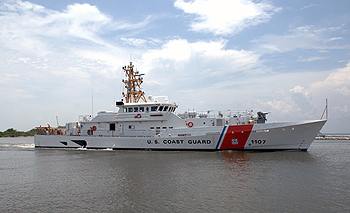 The 154 foot patrol craft CHARLES DAVID JR is the seventh vessel in the Coast Guard's Sentinel-class FRC program. To build the FRC, Bollinger Shipyards used a proven, in-service parent craft design based on the Damen Stan Patrol Boat 4708. It has a flank speed of 28 knots, state of the art command, control, communications and computer technology, and a stern launch system for the vessels 26 foot cutter boat. The FRC has been described as an operational "game changer,” by senior Coast Guard officials.
The 154 foot patrol craft CHARLES DAVID JR is the seventh vessel in the Coast Guard's Sentinel-class FRC program. To build the FRC, Bollinger Shipyards used a proven, in-service parent craft design based on the Damen Stan Patrol Boat 4708. It has a flank speed of 28 knots, state of the art command, control, communications and computer technology, and a stern launch system for the vessels 26 foot cutter boat. The FRC has been described as an operational "game changer,” by senior Coast Guard officials.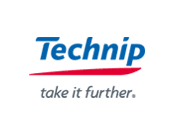 The joint venture formed by
The joint venture formed by 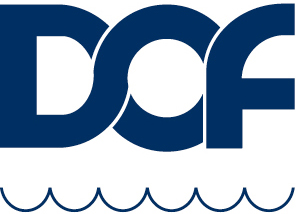 cover the construction of four new pipelay support vessels (PLSVs) and operation in Brazilian waters to install flexible pipes. The combined value for Technip is approximately €1.35 billion.
cover the construction of four new pipelay support vessels (PLSVs) and operation in Brazilian waters to install flexible pipes. The combined value for Technip is approximately €1.35 billion.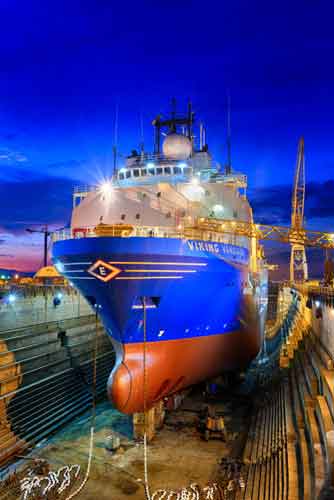 Strategically located Gibraltar shipyard
Strategically located Gibraltar shipyard Bechtel,
Bechtel,
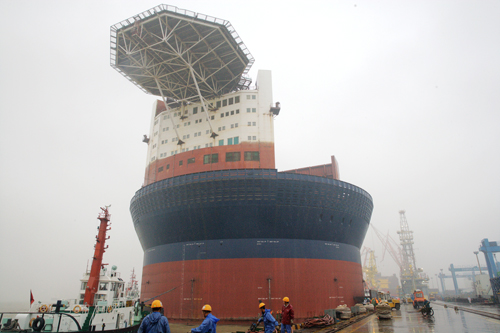 The
The  Gibraltar yard, and has been delivered back to Technip, ready for work.
Gibraltar yard, and has been delivered back to Technip, ready for work. 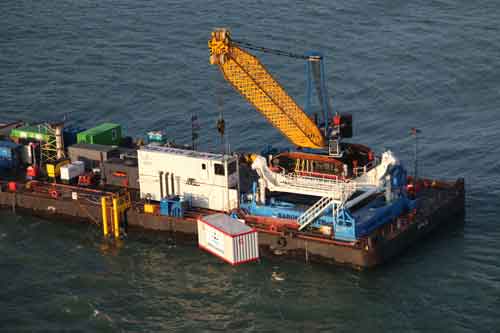 Wagenborg. The vessel including the Barge Master system will be ready in the first quarter of 2015. NAM will use the motion compensated crane to service and maintain gas production platforms in the North Sea.
Wagenborg. The vessel including the Barge Master system will be ready in the first quarter of 2015. NAM will use the motion compensated crane to service and maintain gas production platforms in the North Sea. 
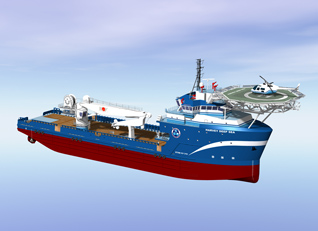
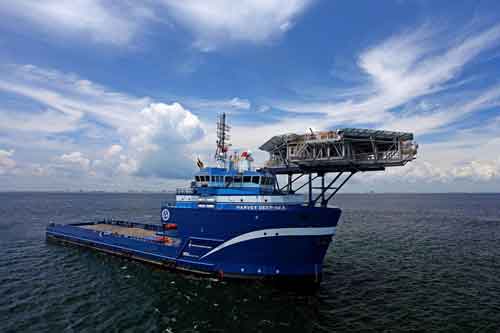 Support Vessels constructed for
Support Vessels constructed for